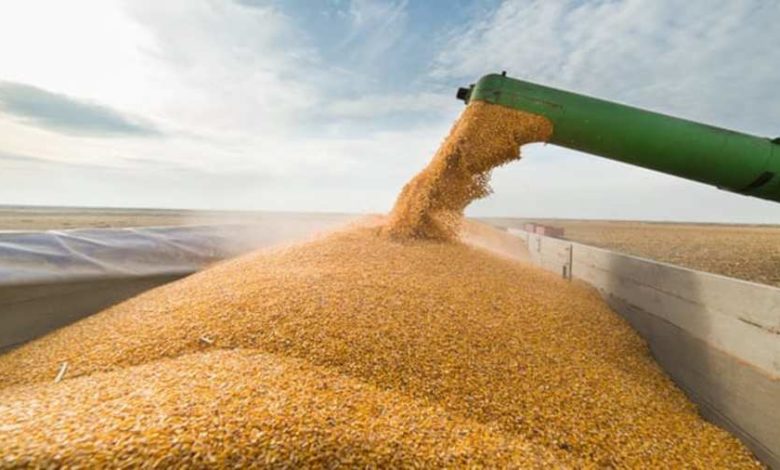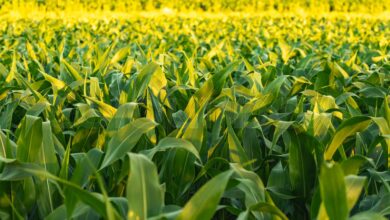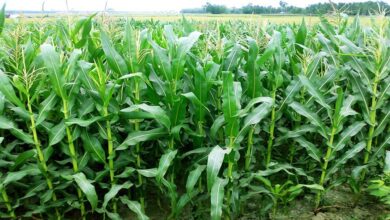Bumper harvest presents income opportunities for Namibian farmers

Seasonal agricultural yields harvested this year are increasing income for Namibian farmers.
At an open market in the main town Oshakati in the northern part of Namibia, Selma Nelago, a farmer, sold various farm produce. These included fresh and dried legumes and Mahangu (pearl millet).
This comes after many subsistence farmers across the country enjoyed a bumper harvest, which not only improves the food basket, but also becomes an income generation opportunity from the surplus.
The yields harvested between April and late June this year are marketed and sold through multiple avenues.
“So far, the open market from where I operate is strategic in selling the products quicker. I get many customers. I mainly sold fresh and dried groundnuts, cowpeas, maize and grains,” Nelago said.
So far, she has made over 10,000 Namibian dollars (about 683 U.S. dollars) from the trade.
“I would not have made this much money if it were not for the recent harvest and seasonal produce,” she added.
In the Zambezi region, north-eastern part of Namibia, farmers are also trading with region-specific seasonal produce.
Lena Mukela, a trader at an open market in Katima Mulilo, said trading with various seasonal products has been beneficial for her business.
“Locals, especially in towns, prefer farm produce, including what is considered a traditional food. This boosts our proceeds,” she said.
Also sold are fresh and dried fish.
In the meantime, the farmers are maximizing the use of social media platforms to market their products.
Tomas Shilongo, a farmer in the Oshikoto region in the northern part, sells his seasonal produce online.
“I use my vehicle to deliver the products to clients, and change trading spots to sell more. I also take orders through my mobile phone,” said Shilongo. “Social media platforms have really helped sell the products faster.”
The benefits have been massive for the farmers.
“We are able to supplement our household income and sustain our livelihoods,” added Mukela.
The farmers are also preserving some of the yields to extend the consumption period in a traditional way.
“That way, we will be able to store some produce safely and still sell throughout the year until the next farming season,” said Nelago.
The trade of seasonal produce represents the farmers’ resilience and persistence throughout the farming season characterized by challenges such as a dry spell, locus outbreak and outbreak of foot and mouth disease.
“But we conquered,” said Shilongo.
According to the 2021 First Quarter Agriculture, Forestry and Fishing Sector Statistical Bulletin by Namibia Statistics Agency, the crop farming performed better, registering a growth of 1.8 percent in real value added as opposed to an increase of 1.4 percent that was registered in the same period of 2020.







